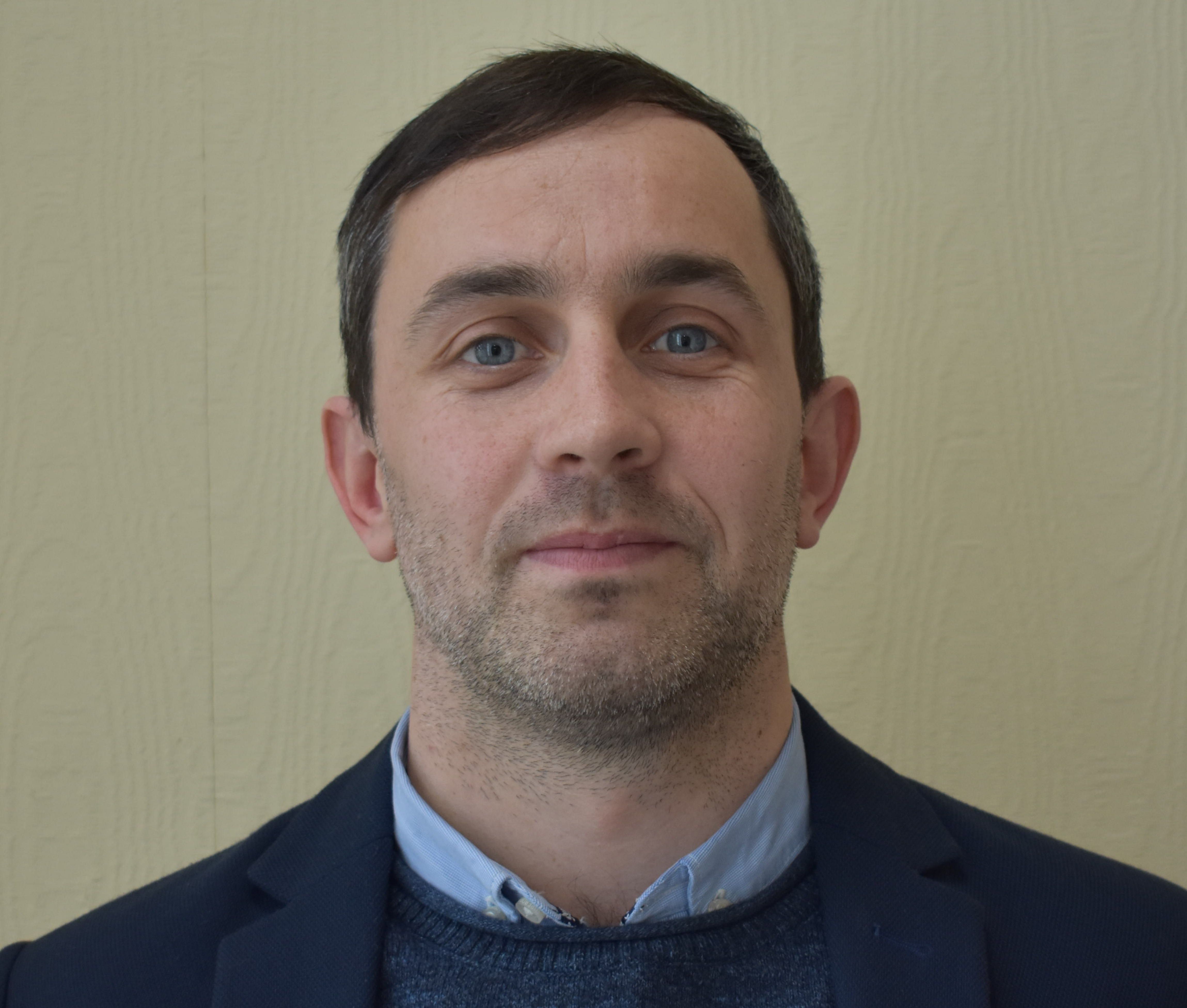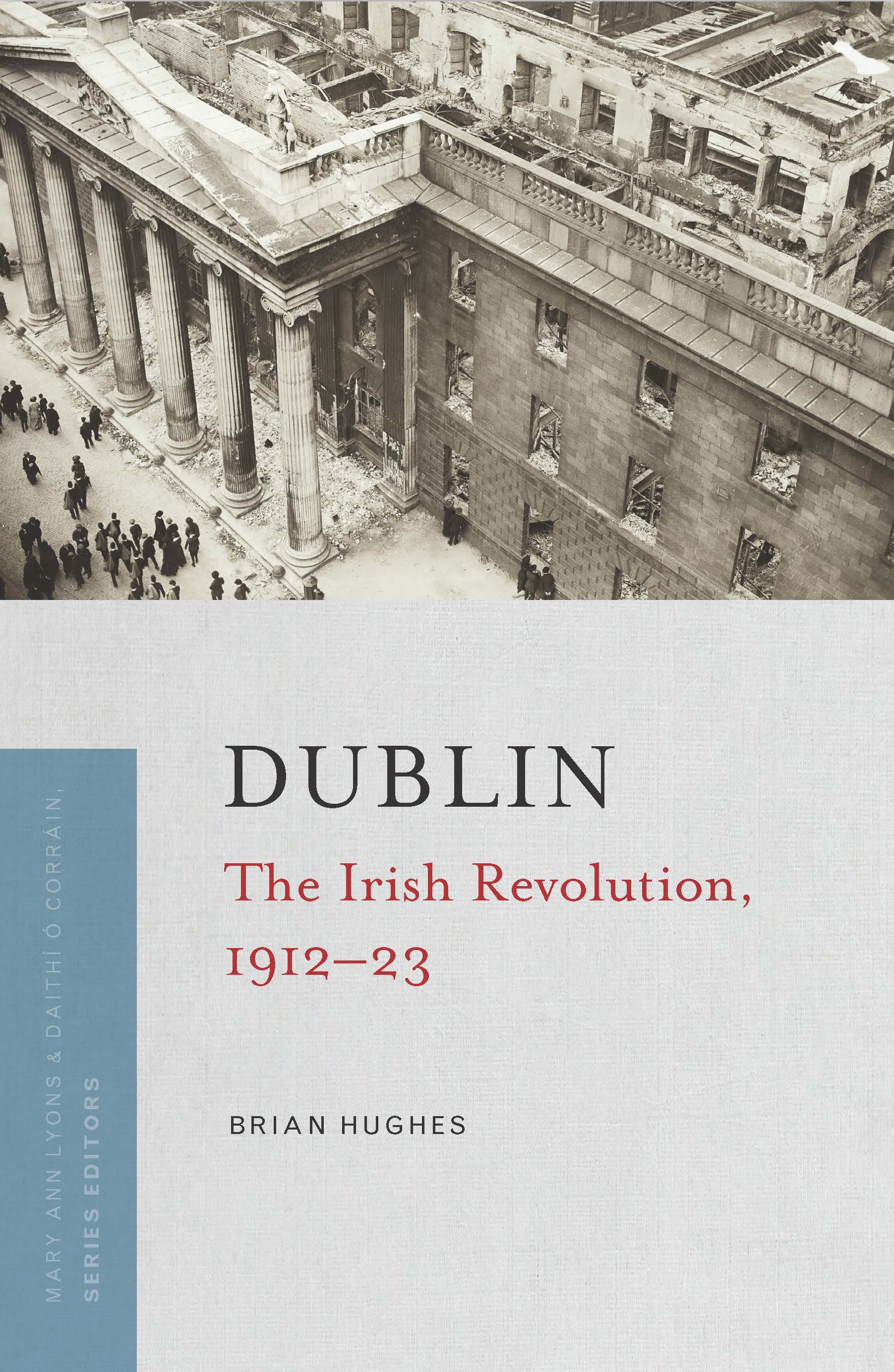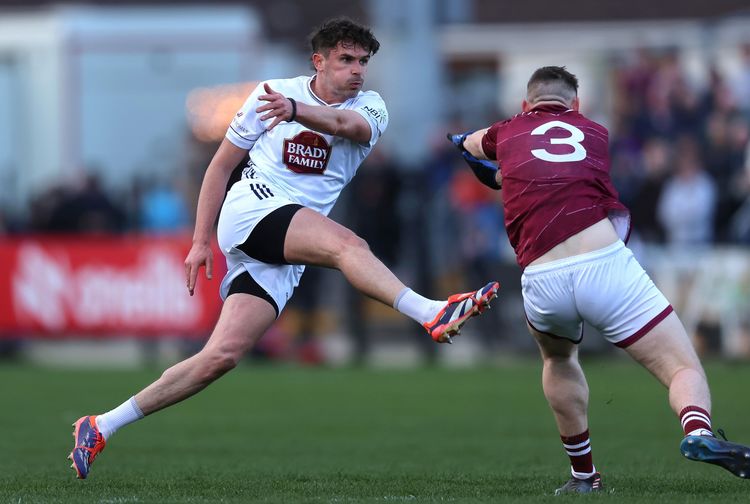“On the whole, given fair weather, no place can look brighter, livelier, or more lovely than the much-maligned City of Dublin, and its ample squares, noble public buildings, not to mention the surpassing loveliness of its environs, fully entitle it to rank as the second city of the Empire.”
Historian Brian Hughes begins his latest book “Dublin: The Irish Revolution, 1912-1923” with that endorsement from a 1908 guidebook.
For the unionist Irish Times, the success of the coronation visit in 1911 of King George V and Queen Mary “vindicated” the “ancient claim” to the second-city tag.
Political opposition to the visit was to be expected, but the extent of it was perhaps a hint of storm clouds ahead. It came from the nationalist-dominated Dublin Corporation (city council in today’s terms), Arthur Griffith’s radical separatist Sinn Féin, which had a small group of councilors, the local branch of James Connolly’s Socialist Party of Ireland, the Nationalist Women’s Association and others.
Towards the end of the period covered in the volume, some of those noble public buildings had been destroyed or badly damaged in the Revolution, and Hughes notes that many of the activists who’d opposed the royal visit were now in charge.
There was a large majority in both the city and County Dublin backing the Treaty signed in London on Dec. 6, 1921; Griffith had led the Irish delegation. He’d been succeeded as head of government upon his death and that of Michael Collins by W.T. Cosgrave, one of the Sinn Féin councilors of the earlier period and a prominent veteran of the 1916 Easter Rising; the new National Army was led by Richard Mulcahy, who initially made his name as the tactician behind the successful Irish Volunteers action at Ashbourne, Co. Meath, during the Rising.
The Labour Party was supportive of the new institutions, though highly critical of some of the repressive actions taken by the government.
Meanwhile, Dublin Protestants of all classes, who’d long suspected that the Ulster Unionists would sell out and settle for partition, found themselves contemplating life outside the Union and in the Free State. (The first census of the new state in 1926 would show that the Protestant population of the city had declined 40 percent in the city since 1911, with the urban working class experiencing most of that decline, while it went down 22 percent in County Dublin.)
The spring and early summer of 1922 saw the arrival of an estimated 10,000 Catholic refugees fleeing strife in Belfast, which exacerbated the already difficult housing situation.
Hughes writes that nationalist opinion was more sympathetic to the refugees than to the 120 or so young leftists of the Dublin Unemployed Committee, including the future novelist Liam O’Flaherty, who’d occupied the Rotunda Concert Hall in January; the unarmed group flew a red flag atop the building for four days.
Those who were armed seemed to act with impunity in the city and the Irish Trade Union Congress called a one-day strike against “militarism” in April 1922 – which the Irish Times welcomed as a “people’s protest against anarchy.”
In the elections in June, the anti-Treaty vote was less than 15 percent in Dublin. The Civil War began shortly afterwards with the National Army's bombardment of the anti-Treaty forces headquartered in the Four Courts.
The book’s final photo shows a triumphant Seán Lemass, a veteran of the Four Courts garrison, being carried aloft by supporters following a by-election win in Dublin in 1924. His older brother, Noel, a fellow anti-Treaty IRA officer, had been abducted and killed, presumably by pro-Treaty soldiers, weeks after the Civil War ended in 1923. The younger Lemass would become a founder in 1926 of a new party, Fianna Fáil, which soon became the state’s largest and remained so until the 21st century. He had a long career as an influential minister and eventually was party leader and Taoiseach from 1959 through 1966.
Hughes, who teaches in the Department of History, Mary Immaculate College, Limerick, and is treasurer of the Irish Historical Society, described his book to the Echo as “a study of Ireland's capital during a period of significant political and military upheaval. It charts the experiences of ordinary Dubliners amidst a period of political turmoil, campaigning, protesting, and violence. Dublin city was central to nationalist, labor, and suffrage campaigns, and site of some of the most famous and infamous events of the period.”
“The city's suburban township and the rural hinterland of the county had, in many ways, a very different sort of Irish Revolution. The book presents a rounded and original picture of this period in Dublin city and county, told primarily through the rank and file participants and those who did not participate at all.”
“Dublin” is the 16th volume in the county history series edited by Mary Ann Lyons and Daithí Ó Corráin, which seeks to make available “concise, accessible, scholarly studies of the Irish Revolution experience at the local level to a wide audience.”
In a review for the Irish Labour History Society, the prominent journalist and historian Padraig Yeates said that "there is much new material in this book that is drawn from the archives on the War of Independence and Civil War in Dublin city and county. As with other recent research it also addresses the long standing deficit in our knowledge and understanding of the role of women in the armed struggle."
The reviewer added, "Brian Hughes makes excellent use of the official archives and of local studies focused on the conflict in both its military and civilian guises. He also comments on the high personal cost to many participants in the Troubles, on all sides.”
He argued, however, that it was a “challenging” task to write about both the capital city and County Dublin in one volume (153 pages of text and 203 overall). Yeates, too, would’ve preferred greater emphasis on the growth of the labor movement, its role in the independence struggle, which was aided by its ties to the labor movement in Britain, and the marginalization of its political arm by Sinn Féin.
But he praised Hughes’s treatment of the Easter Rising, “where local and national narratives fuse. This is as good and evocative a short account of 1916 as I have read.”

Brian Hughes
Place of birth: Dublin
Date of Birth: Dec. 2, 1986
Spouse: Michelle
Children: two boys, Cian and Dara
Residence: Dublin
Published works: “16 Lives: Michael Mallin” (Dublin: O'Brien Press, 2012), “Defying the IRA: Intimidation, Coercion and Communities During the Irish Revolution” (Liverpool: Liverpool University Press, 2016), “Dublin: the Irish Revolution, 1912-1923” (Dublin: Four Courts Press, 2024). Also four books as editor or co-editor and over a dozen peer-reviewed journal articles and book chapters.
What is your writing routine? Are there ideal conditions?
With teaching and admin duties and family commitments, anything approaching what might be considered a writing routine has become increasingly difficult to establish. There is also a significant amount of archival work and reading needed before any writing can be attempted. I try to dedicate at least a day a week to this, as it needs time and space, but do not always achieve that. I tend to take my typed notes and distill them into handwritten form before trying to get as many words on the page as possible — it is easier to edit than to fill a blank space. I never set a word count for the day, as it can only lead to disappointment given the potential for other tasks to get in the way, and aim for quality over quantity.
Ideal conditions are nothing more than a nice cup of tea, a comfortable chair, and quiet.
What advice do you have for aspiring writers?
Write early and write often, and read as much good writing as possible.
Name three books that are memorable in terms of your reading pleasure.
“Milkman,” by Anna Burns; “The Siege of Krishnapur,” by J.G. Farrell; “I, Partridge: We Need to Talk about Alan, by Alan Partridge.”
What book are you currently reading?
“The Bee Sting,” by Paul Murray and “Walled in by Hate: Kevin O'Higgins, His Friends and Enemies,” by Arthur Mathews.
Is there a book you wish you had written?
“Politics and Irish life 1913-1921: provincial experiences and war and revolution,” by David Fitzpatrick, for the way it has shaped pretty much anything important or substantive written about the Irish Revolution since it was published.
Name a book that you were pleasantly surprised by.
I tend to have high hopes for anything I read.
If you could meet one author, living or dead, who would it be?
Canadian historian Peter Hart. A seminal — and controversial — historian of the Irish Revolution, he passed away just as I was beginning my PhD research.
What book changed your life?
Either “Politics and Irish life” or Peter Hart's “The I.R.A. and its enemies,” which — for better or worse — drew me in and essentially shaped the path I have taken to my current career.
What is your favorite spot in Ireland?
Ventry beach, Co. Kerry.









